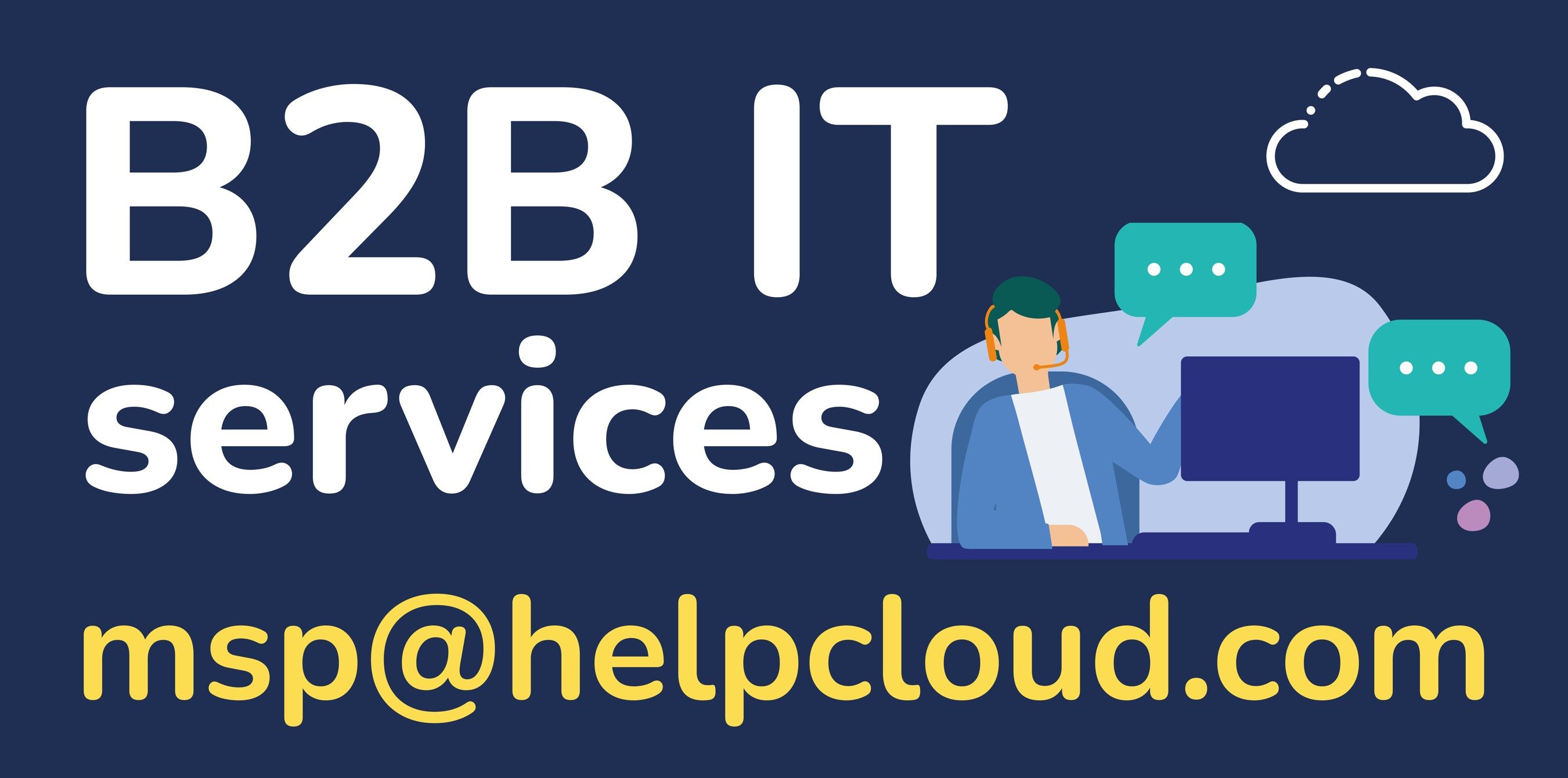Managed IT services encompass a wide range of IT functions that organizations often outsource to third-party providers, like HelpCloud. The specific services that are outsourced can vary depending on the needs and priorities of the organization, but some of the most commonly outsourced managed IT services include:

1. Network Monitoring and Management: This involves monitoring an organization's network infrastructure, ensuring its uptime, and managing issues such as connectivity, bandwidth, and security.
2. Help Desk and End-User Support: Outsourcing the IT help desk can provide around-the-clock support for employees, assisting with hardware and software issues, password resets, and general IT inquiries.
3. Cybersecurity Services: Organizations often outsource cybersecurity functions like firewall management, intrusion detection and prevention, vulnerability assessments, and security incident response to experts in the field.
4. Data Backup and Recovery: Managed IT service providers can handle data backup and disaster recovery planning to ensure data is safe, and systems can be quickly restored in case of a data loss event.
5. Cloud Services: Many companies turn to managed service providers for assistance with migrating to the cloud, managing cloud resources, and optimizing cloud infrastructure for cost-efficiency and performance.
6. Infrastructure Management: Outsourcing the management of physical and virtual servers, storage, and data centers can help organizations reduce the burden of maintaining their own infrastructure.
7. IT Procurement and Vendor Management: Managed IT service providers can assist with hardware and software procurement, license management, and vendor relationship management.
8. Managed Print Services: This involves overseeing an organization's printing needs, including printer maintenance, supplies management, and optimizing print-related costs.
9. Mobile Device Management (MDM): As more organizations adopt mobile technologies, MDM services help manage and secure mobile devices, applications, and data.
10. Managed Communication Services: Outsourcing services like VoIP, unified communications, and video conferencing can ensure reliable and efficient communication tools.
11. Compliance and Regulatory Support: Organizations in regulated industries may outsource compliance management to ensure they adhere to industry-specific regulations and standards.
12. IT Strategy and Consulting: Managed service providers can offer strategic IT planning and consulting services to help organizations align their technology with their business objectives.
13. Remote Monitoring and Management (RMM): RMM tools are used to proactively monitor and manage IT systems, allowing for quicker issue resolution and reduced downtime.
14. Desktop and Server Management: This involves managing and maintaining an organization's desktop computers, laptops, and servers, including software updates and patch management.
15. IT Training and User Education: Managed IT service providers can offer training and educational programs to help employees stay up-to-date with technology and security best practices.
The specific mix of outsourced services will depend on an organization's size, industry, IT infrastructure, and strategic goals. Many organizations opt for a combination of these services to create a tailored managed IT solution that meets their unique needs.

